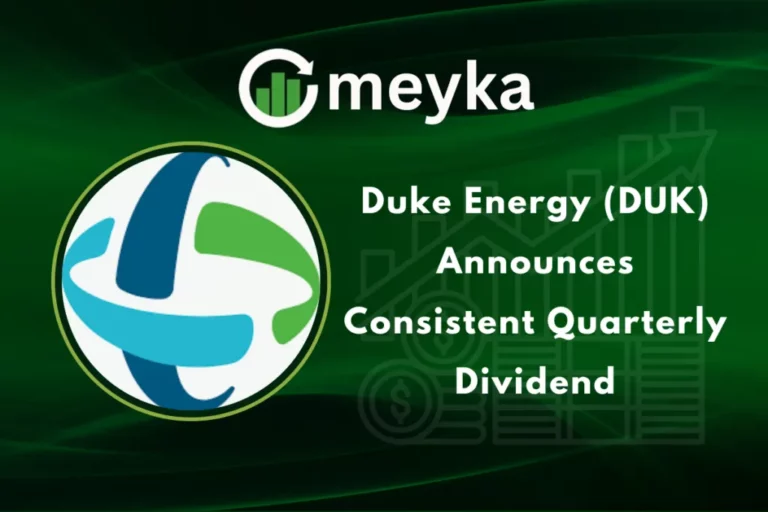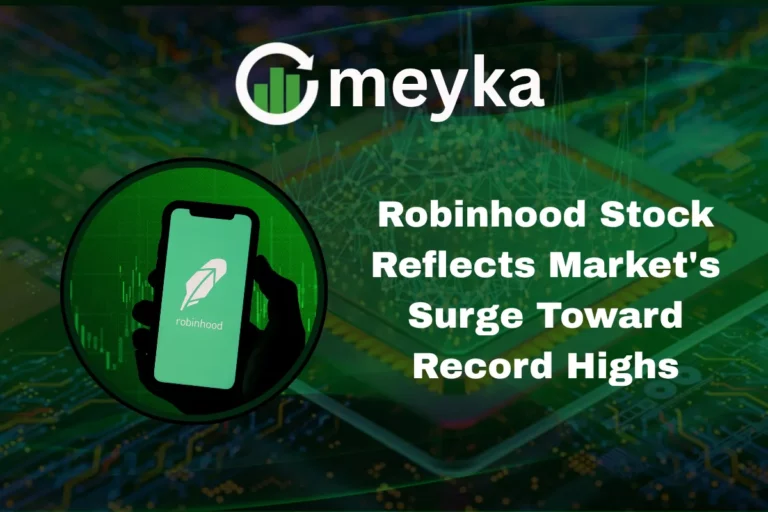Nvidia Earnings Q3: Strong Revenue Surge Highlights Fiscal 2026 Performance
The quarterly results of NVIDIA Corporation, commonly referred to as Nvidia Earnings Q3, are in and they are nothing short of remarkable. The Santa Clara-based chipmaker posted $57.0 billion in revenue for the third quarter of fiscal 2026, up 62% year-on-year and 22% from the prior quarter.
In this article we will cover: the numbers behind the headline, what drove such a surge, how investors are reacting, and what this means for AI, data centres, gaming, and beyond.
What the Nvidia Earnings Q3 Figures Reveal
Revenue and profit highlights
For Q3 fiscal 2026, Nvidia recorded total revenue of $57.0 billion (vs $35.1 billion in Q3 of fiscal 2025).
Net income rose to $31.9 billion, representing a 65% increase year-on-year. Earnings per diluted share stood at $1.30.
Data centre business drives the surge
A key driver was the data-centre segment: revenue in that vertical reached $51.2 billion, up 66% year-on-year and 25% quarter-on-quarter. This alone makes up nearly 90% of total revenue.
Other segments: gaming, professional viz, automotive
- Gaming revenue was reported at $4.3 billion, up about 30% year-on-year, though slightly below some estimates.
- Professional visualization rose by 56% year-on-year to about $760 million.
- Automotive and robotics revenue grew 32% year-on-year to around $592 million.
Outlook and guidance
Looking ahead, Nvidia expects Q4 revenue around $65 billion, with a non-GAAP gross margin of about 75%.
Why Did the Nvidia Earnings Q3 Beat Expectations?
Heavy demand for AI infrastructure
Nvidia’s CEO Jensen Huang said that “Blackwell sales are off the charts, and cloud GPUs are sold out,” pointing to massive demand for its AI computing platform.
Why are companies buying so many chips right now?
Because generative AI, large-language models, and data-centre build-outs are accelerating. AI is entering a phase of broad enterprise adoption, not just experiments.
Strategic partnerships and backlog
Nvidia noted multi-year orders and visibility into around $500 billion of compute revenue opportunities through 2026 for its Blackwell and Rubin platforms.
These long-term commitments support the strong revenue and margin outlook.
Pricing power and scale
With such strong demand and limited substitutes, Nvidia has enjoyed pricing power, margin expansion and scale benefits. The 73.4% GAAP gross margin (73.6% non-GAAP) for Q3 shows this.
How Investors and Markets Are Reacting to Nvidia Earnings Q3
Stock performance and index impact
Following the results and upbeat guidance, Nvidia’s stock rose about 4% in after-hours trading.
Because Nvidia is one of the largest companies by market-cap and part of major indices, its performance has broad market implications.
The AI bubble debate
Some investors remain cautious about an “AI bubble”, but Nvidia’s strong fundamentals and execution have helped ease some fears.
During the earnings call Huang said, “From our vantage point, we see something very different.”
Analyst take-aways
- Many analysts praise Nvidia for validation of AI infrastructure growth.
- Some caution remains around sustainability, competition and global supply-chain risk.
Overall sentiment is strongly positive, though measured.
What Nvidia Earnings Q3 Mean for the Future
AI infrastructure build-out
The results reinforce the idea that we are in the early innings of the AI infrastructure boom. Nvidia is central to this transformation. As one analyst put it “Ground zero for the entire artificial-intelligence build-out.”
Implications for cloud, enterprise and edge
The surge in data-centre revenue means enterprises will increase spending on AI chips, servers and software. Nvidia’s ecosystem leadership strengthens its position across cloud, enterprise AI and edge computing.
Competitive dynamics and scale advantage
With this scale and backlog, Nvidia faces fewer comparable rivals in high-end AI chips. Competitors must play catch-up on architecture, performance, ecosystem and supply chain.
Long-term growth vectors
Areas to watch:
- Further expansion of its Blackwell and Rubin platforms
- Growth in automotive, robotics, simulation and AI-powered industrial applications
- Continued global data-centre rollout (especially across the U.S., Europe and Asia)
Risks and Key Watch-Points After Nvidia Earnings Q3
Supply chain and manufacturing constraints
Even with strong demand, Nvidia has to manage chip supply, fab capacity and logistics. Any bottleneck could affect growth.
Macroeconomic and regulatory trends
Global factors such as tariffs, export controls (especially to China), currency fluctuation, and higher interest rates could dampen demand or margins.
Expectations and valuations
With such high expectations, could future growth be harder to sustain?
Yes. As the company gets larger, maintaining very high growth becomes tougher. Investors will watch whether Nvidia can keep up 20-30%+ growth rates over time.
Market saturation in complementary segments
While gaming, professional viz and automotive are growing, they currently represent smaller parts of revenue. Growth there may be slower compared to the data-centre business.
Conclusion
The Nvidia Earnings Q3 results demonstrate the sheer scale and strength of the AI infrastructure wave. With $57 billion in revenue, a strong profit rebound, and bullish guidance into Q4 and fiscal 2026, Nvidia has firmly positioned itself as a leader of the next technological era.
But while the numbers are staggering, the results leave a few questions: Can the company sustain these high growth levels? Will global macro and regulatory risks interfere? Will competition catch up?
For now, Nvidia has delivered: the earnings, the guidance and the market-impact are real. For investors, tech watchers and business leaders, Nvidia’s performance is a signal that the AI boom is not just hype, it is here, it is large, and it is actively reshaping technology, enterprise and computing.
Keep an eye on how Nvidia executes the next phase, how the AI ecosystem consumes its chips, and how emerging markets respond. The journey is far from over, and Nvidia’s third-quarter performance suggests we are just getting started.
Disclaimer
The content shared by Meyka AI PTY LTD is solely for research and informational purposes. Meyka is not a financial advisory service, and the information provided should not be considered investment or trading advice.






